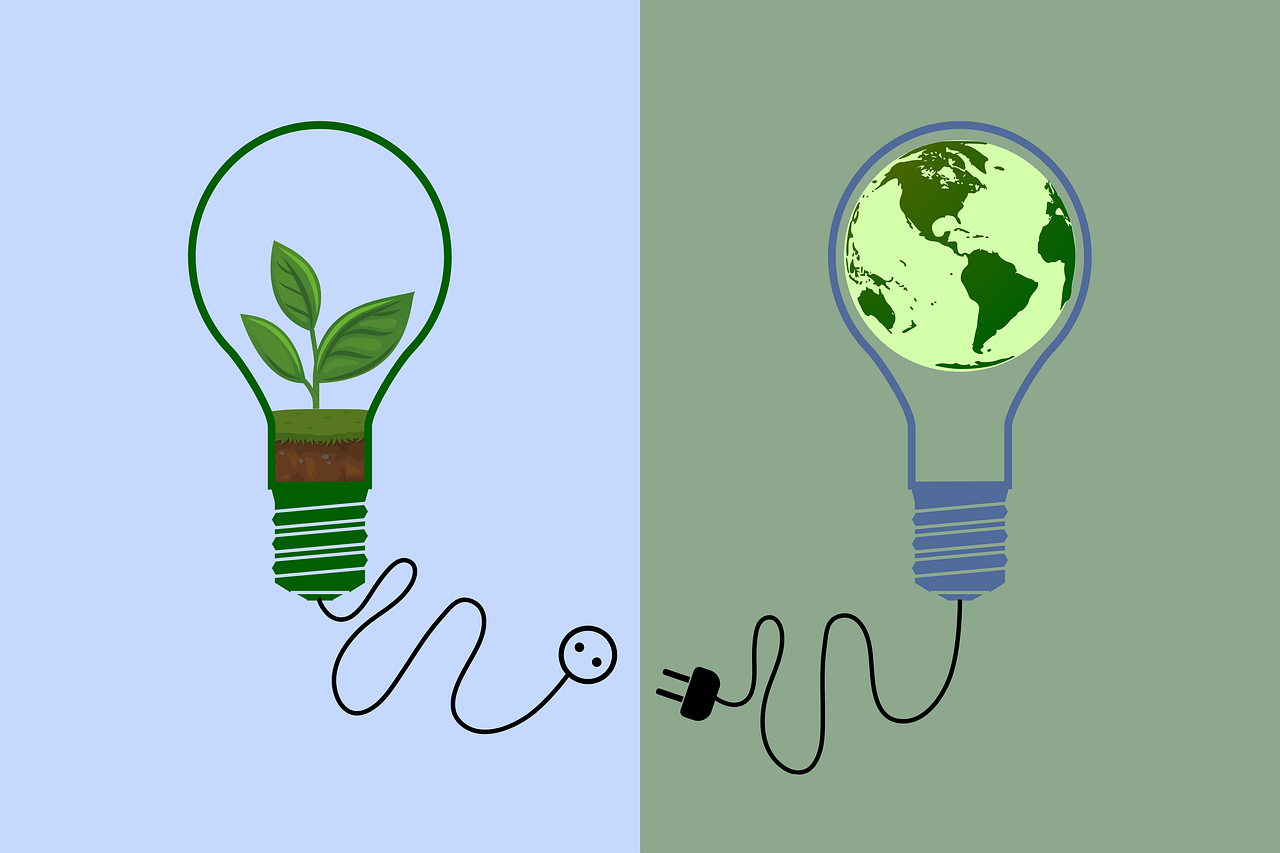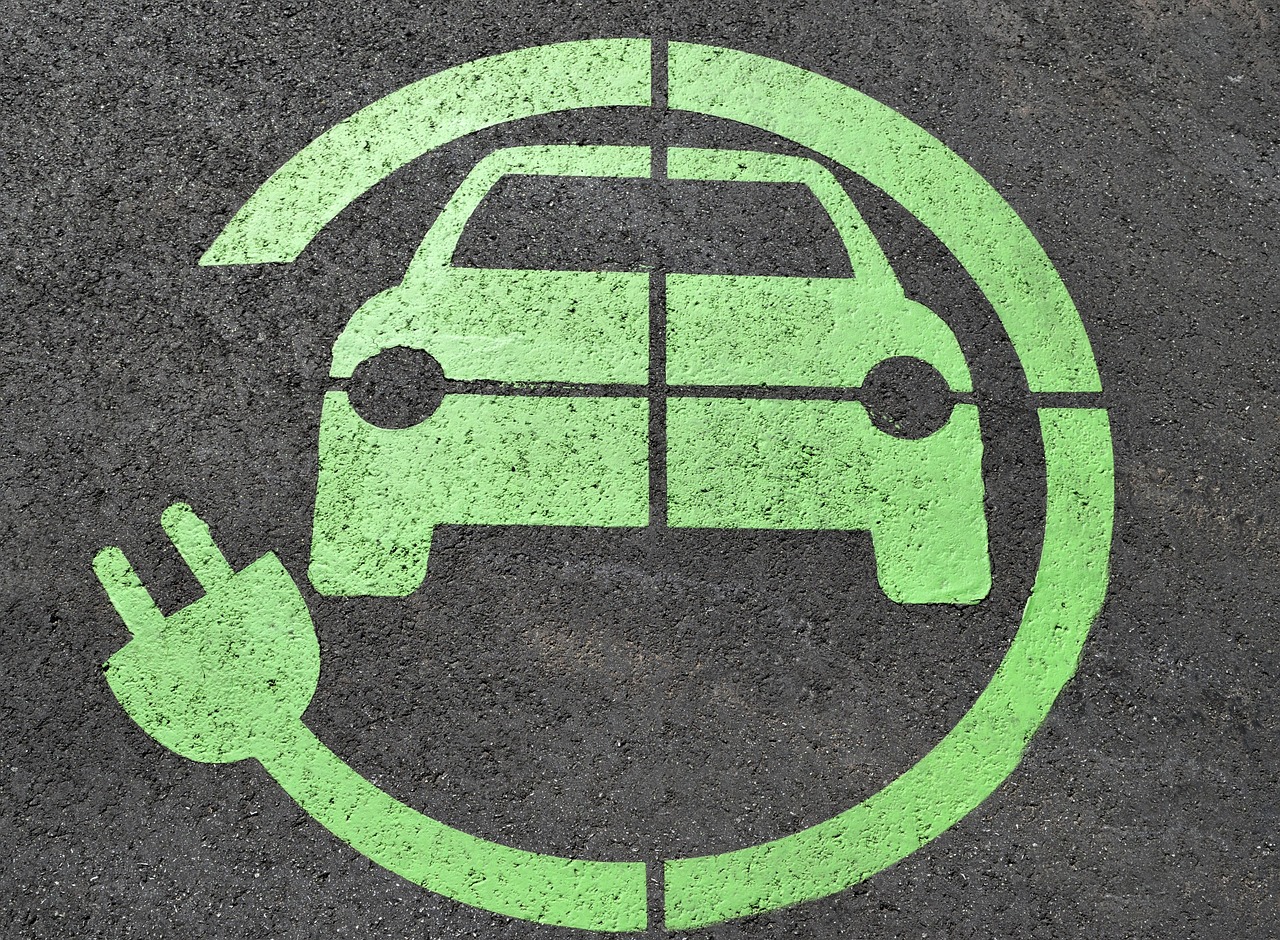In the global push to reduce greenhouse gas emissions and transition to cleaner energy, biofuels have emerged as a viable alternative to fossil fuels. But not all biofuels are created equal. While first-generation biofuels—produced from food crops like corn, sugarcane, and vegetable oils—have played an important role in early renewable fuel adoption, they’ve also raised concerns about land use, food security, and environmental impact.
This is where second-generation biofuels enter the picture. Developed to overcome many of the ethical and environmental criticisms of their predecessors, second-generation biofuels promise a more sustainable, scalable, and low-carbon approach to liquid fuel production. In this article, we explore what second-generation biofuels are, how they work, their pros and cons, and why they’re crucial to the future of energy—particularly in sectors like aviation and shipping that are hard to electrify.
🔍 What Are Second-Generation Biofuels?
Second-generation biofuels are derived from non-food biomass. Unlike first-generation biofuels, which rely on food crops (such as corn for ethanol or soybeans for biodiesel), second-generation biofuels use lignocellulosic biomass—the fibrous, woody parts of plants that are not consumed by humans. This includes:
Agricultural residues (e.g., corn stover, wheat straw, rice husks)
Forestry waste (e.g., sawdust, wood chips)
Energy crops (e.g., switchgrass, miscanthus)
Industrial and municipal organic waste
These feedstocks are widely available, renewable, and often considered waste products. By using them as a source of fuel, second-generation biofuels reduce the need for arable land and avoid the “food vs. fuel” dilemma that plagues first-generation alternatives.
⚙️ How Are Second-Generation Biofuels Made?
The production of second-generation biofuels involves breaking down cellulose, hemicellulose, and lignin, which form the structural components of plant cell walls. This is a far more complex process than fermenting sugar or starch from food crops.
There are two primary methods of producing second-generation biofuels:
1. Biochemical Conversion
Pretreatment: Biomass is treated (chemically or physically) to make the cellulose accessible.
Enzymatic Hydrolysis: Enzymes break cellulose into fermentable sugars.
Fermentation: Microorganisms convert the sugars into ethanol or other biofuels.
2. Thermochemical Conversion
Gasification: Biomass is heated at high temperatures in a low-oxygen environment to produce syngas (a mix of hydrogen and carbon monoxide).
Fischer-Tropsch Synthesis: The syngas is catalytically converted into liquid hydrocarbons (diesel, kerosene, etc.).
These technologies are more advanced than those used for first-generation biofuels, and they are still evolving. While pilot and demonstration plants exist around the world, large-scale commercial viability is still emerging.
✅ Advantages of Second-Generation Biofuels
Second-generation biofuels offer several important advantages over traditional biofuels and fossil fuels:
1. Non-Food Feedstocks
They don’t compete directly with food production, helping to avoid rising food prices and agricultural land conflicts.
2. Environmental Benefits
Lower net greenhouse gas emissions (especially when using waste feedstocks)
Can help reduce landfills and agricultural burning by using residues
Better lifecycle carbon efficiency than first-generation fuels
3. Waste Utilization
They turn agricultural and municipal waste into valuable fuel, contributing to a circular economy.
4. Compatibility with Existing Engines
Many second-generation biofuels are “drop-in” fuels that can be used with current engines and infrastructure, especially for heavy-duty applications and aviation.
❌ Challenges and Limitations
Despite their promise, second-generation biofuels face several hurdles that have slowed widespread adoption:
1. High Production Costs
Advanced conversion technologies are expensive and energy-intensive, making second-generation biofuels less competitive than fossil fuels or even first-gen biofuels without subsidies.
2. Technological Complexity
Processing lignocellulosic biomass is difficult. The pretreatment and enzymatic stages require precision and expensive inputs.
3. Feedstock Logistics
Gathering, transporting, and storing large volumes of agricultural residues or forest waste is a logistical challenge, particularly in developing countries.
4. Scale-Up Issues
While many second-generation biofuel technologies have proven effective at the pilot scale, moving to full commercial production has proven difficult. Several large-scale projects have failed due to cost overruns or technical setbacks.
5. Policy and Market Uncertainty
Inconsistent regulations, weak carbon pricing mechanisms, and shifting political priorities often undermine investment in second-generation facilities.
🌍 Global Examples and Developments
Several countries and companies are making strides in second-generation biofuel production:
United States: Companies like POET and Abengoa have invested in cellulosic ethanol plants, supported by the Renewable Fuel Standard (RFS).
European Union: The EU’s RED II directive sets sustainability criteria that favor second-generation biofuels over food-based ones.
Brazil: A global leader in biofuels, Brazil has expanded into sugarcane bagasse ethanol, reducing reliance on edible sugarcane.
India: With abundant agricultural waste, India has launched the SATAT initiative to promote bio-CNG and cellulosic biofuel production.
China: The country is building multiple cellulosic ethanol plants as part of its push to reduce oil imports and carbon emissions.
Major energy and aviation companies—including Shell, BP, TotalEnergies, and United Airlines—are also investing in second-generation biofuels to decarbonize their fuel supply chains.
✈️ The Role in Hard-to-Decarbonize Sectors
One of the most promising applications for second-generation biofuels is in sectors where electrification is difficult or impractical:
Aviation: Sustainable aviation fuel (SAF) derived from second-gen feedstocks can reduce flight emissions by up to 80% over the fuel’s lifecycle.
Shipping: Marine biofuels are being tested as alternatives to heavy fuel oil, a major pollutant in global shipping.
Heavy-Duty Transport: Long-haul trucks and buses, especially in regions with poor charging infrastructure, can run on biofuels with minimal modification.
These sectors are crucial for achieving global climate targets, and second-generation biofuels offer one of the few near-term, scalable solutions.
🔮 The Future of Second-Generation Biofuels
While challenges remain, the long-term outlook for second-generation biofuels is cautiously optimistic. Several trends suggest that these fuels will become increasingly important in the global energy mix:
1. Policy Support
Governments are beginning to distinguish between first- and second-generation biofuels in legislation, offering greater incentives for advanced options. Carbon taxes, clean fuel standards, and aviation fuel mandates will likely favor these technologies.
2. Technological Innovation
Ongoing research is lowering the cost of enzymes, improving fermentation microbes, and creating better biomass pretreatment methods. Synthetic biology and AI-driven process optimization may soon unlock faster, cheaper pathways.
3. Corporate Investment
As companies face pressure to decarbonize supply chains, many are turning to advanced biofuels. Strategic partnerships between biotech firms and oil majors are accelerating commercialization.
4. Consumer Awareness
As the public grows more concerned about food vs. fuel debates, second-generation biofuels offer a more ethical and sustainable alternative.
🧭 Conclusion: A Crucial Piece of the Energy Puzzle
Second-generation biofuels represent a vital step in the transition to cleaner energy. They overcome many of the limitations of first-generation fuels by using non-food biomass and offering superior environmental performance. While not without their own challenges—chiefly related to cost, scale, and complexity—they offer unique advantages in decarbonizing sectors where electrification is still out of reach.
Their future success depends on a combination of technological innovation, government support, corporate investment, and public trust. If these conditions are met, second-generation biofuels could help move the world closer to a sustainable, low-carbon future—without sacrificing food security or energy access.
As nations, industries, and consumers search for scalable, equitable solutions to the climate crisis, second-generation biofuels may prove not just a cleaner alternative, but a smarter one.
















